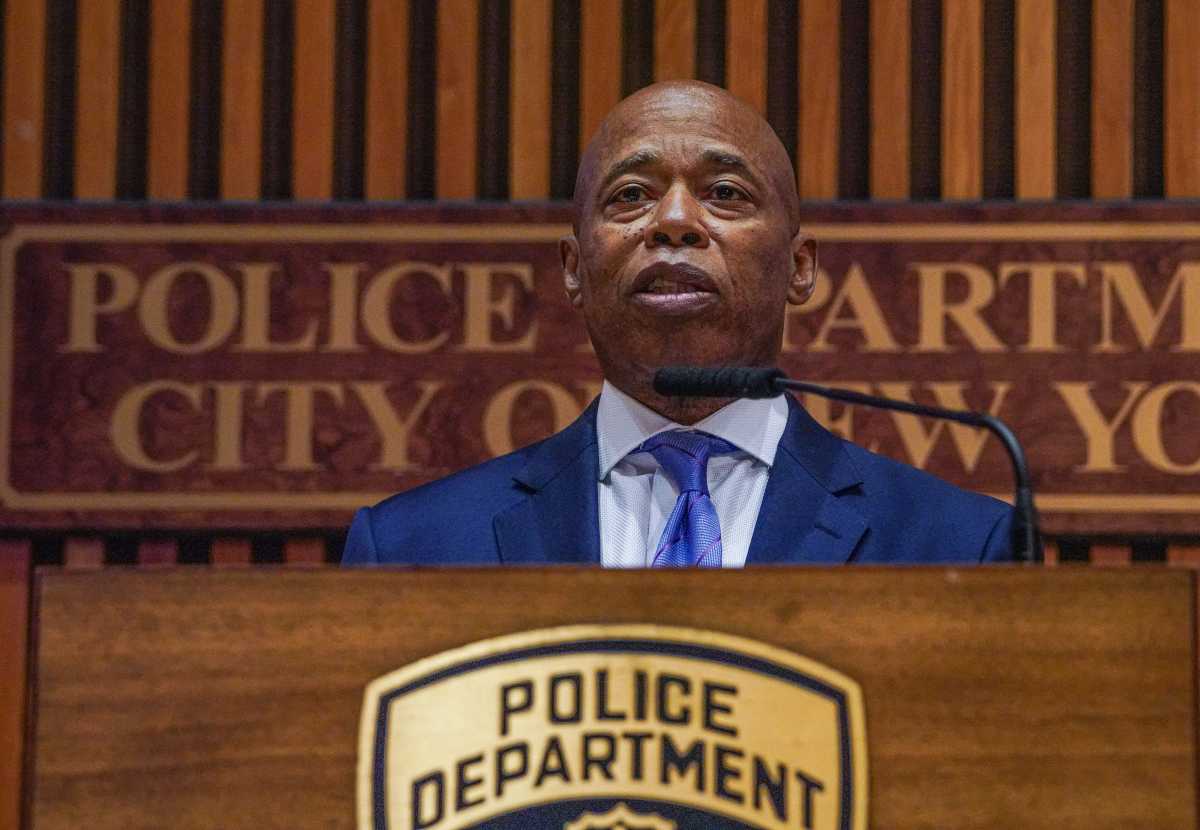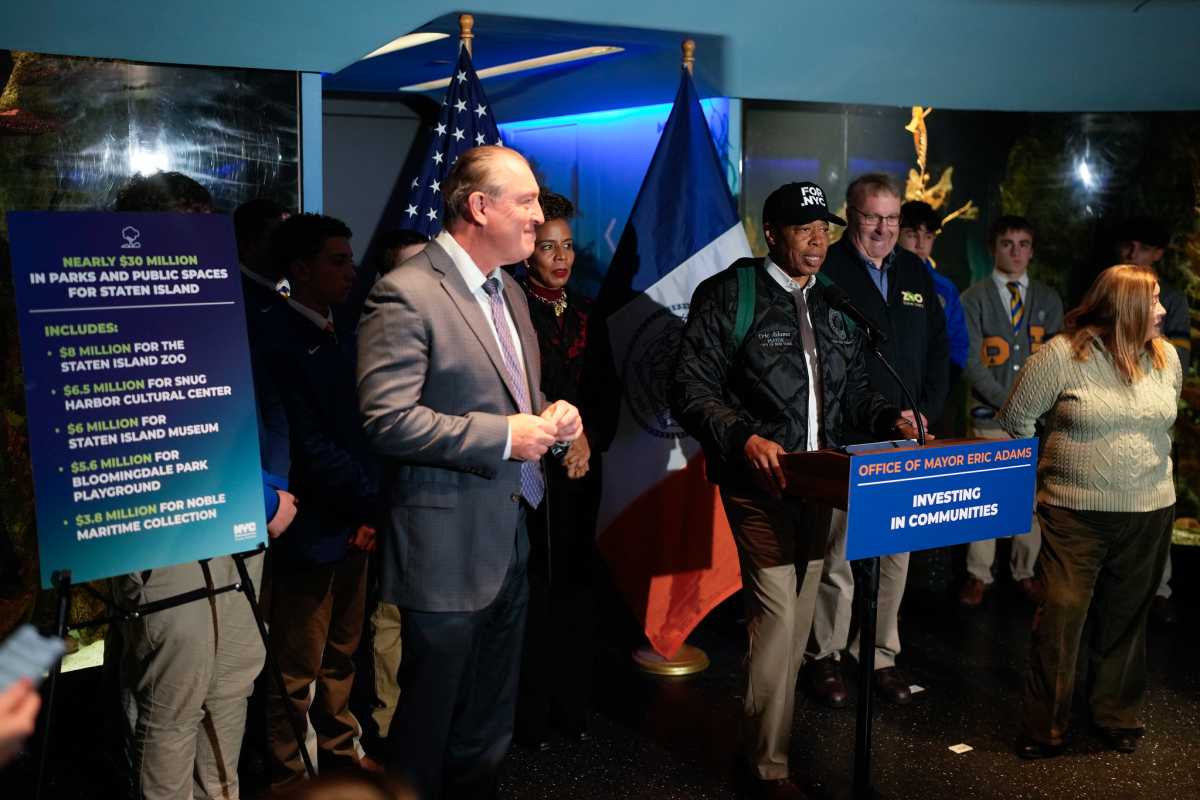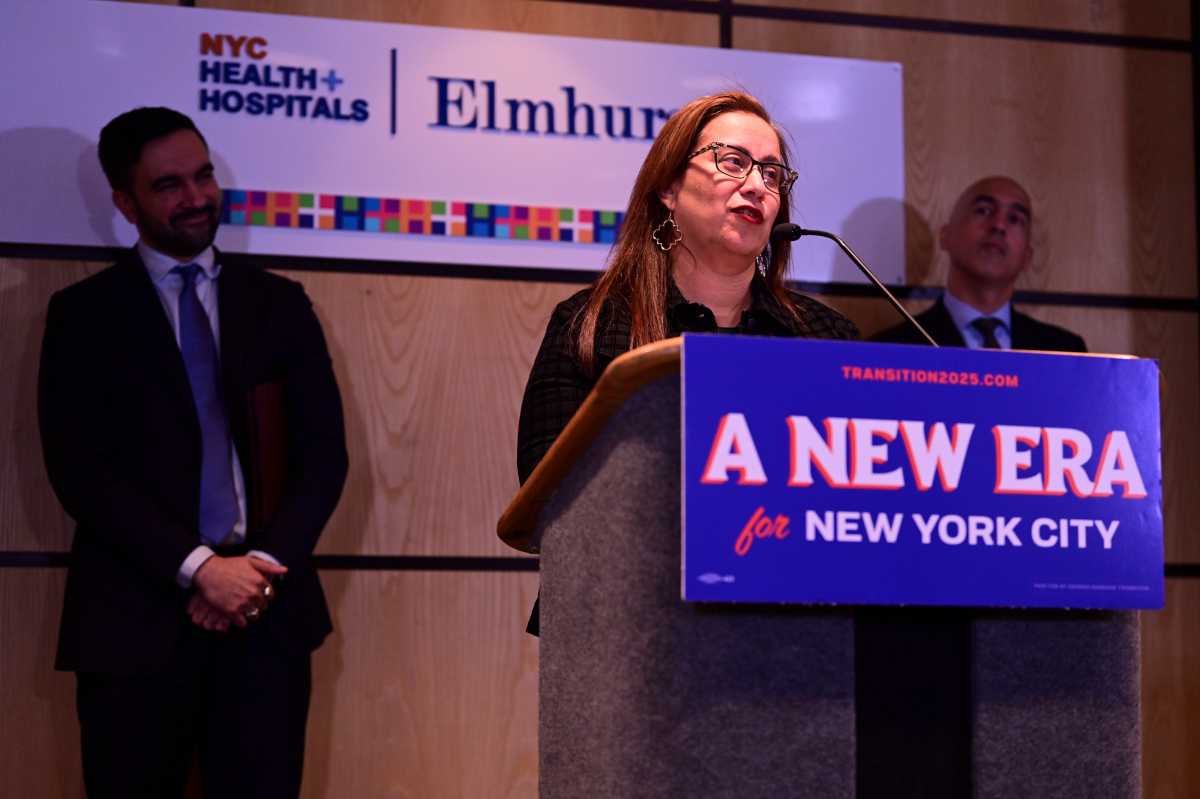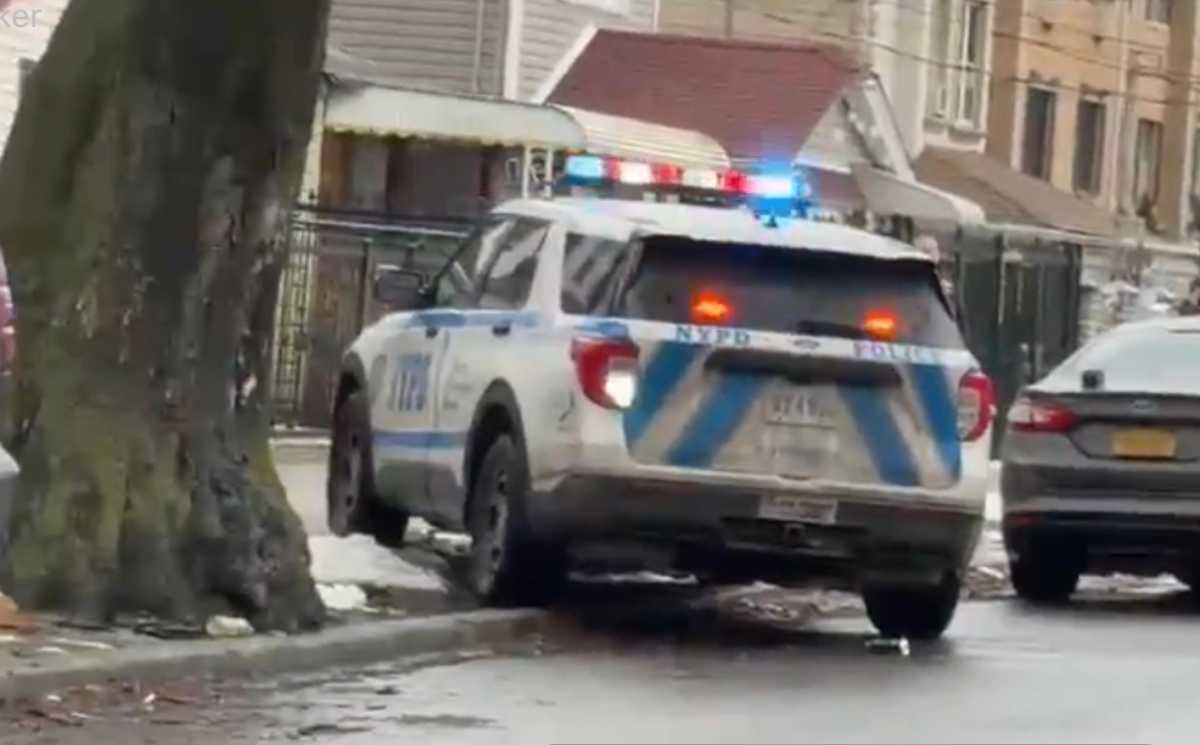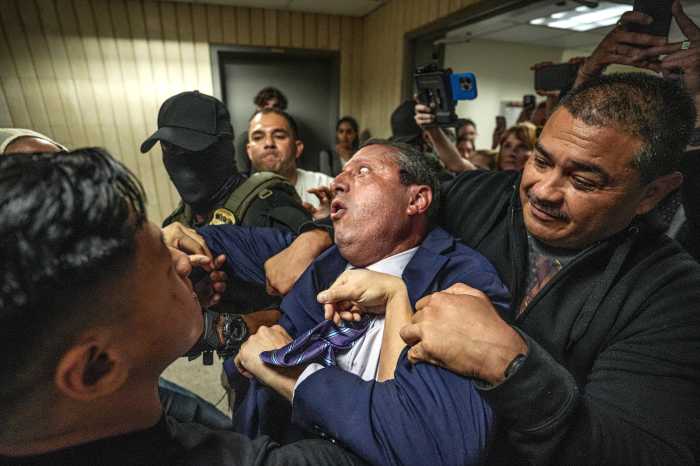By Larry Penner
When it comes to Long Island Rail Road problems, the buck stops on Gov. Andrew Cuomo’s desk.
At the end of World War II, there began a decline of our LIRR with a corresponding loss of farebox revenues. The Pennsylvania Railroad began to reduce financial support as well. This played a part in the LIRR going into receivership in 1949. In recognition of the role the LIRR played in the economy of both Long Island and New York City, New York State began providing financial assistance to the LIRR in the 1950s and 1960s.
The “Line of the Dashing Dan” was officially chartered on April 24, 1965, by the State of New York. Prior to 1965, the LIRR derived almost 100 percent of its funding for both capital and operating expenses from fares. Chartered by the state Legislature in 1965 as the Metropolitan Commuter Transportation Authority, it was created to purchase and operate the bankrupt LIRR.
In 1966, New York state bought the railroad’s controlling stock from the Pennsylvania Rail Road and put it under the newly formed Metropolitan Commuter Transportation Authority. The MCTA changed its name to the Metropolitan Transportation Authority in 1968 when it took over operations of the New York City Transit Authority.
With MTA subsidies, the LIRR modernized further, and grew into the busiest commuter railroad in the United States. Over the past 53 years, several billion dollars in combined county, city, state and federal taxpayer-generated dollars have subsidized both the capital and operating costs for the LIRR.
Larry Penner
Great Neck

